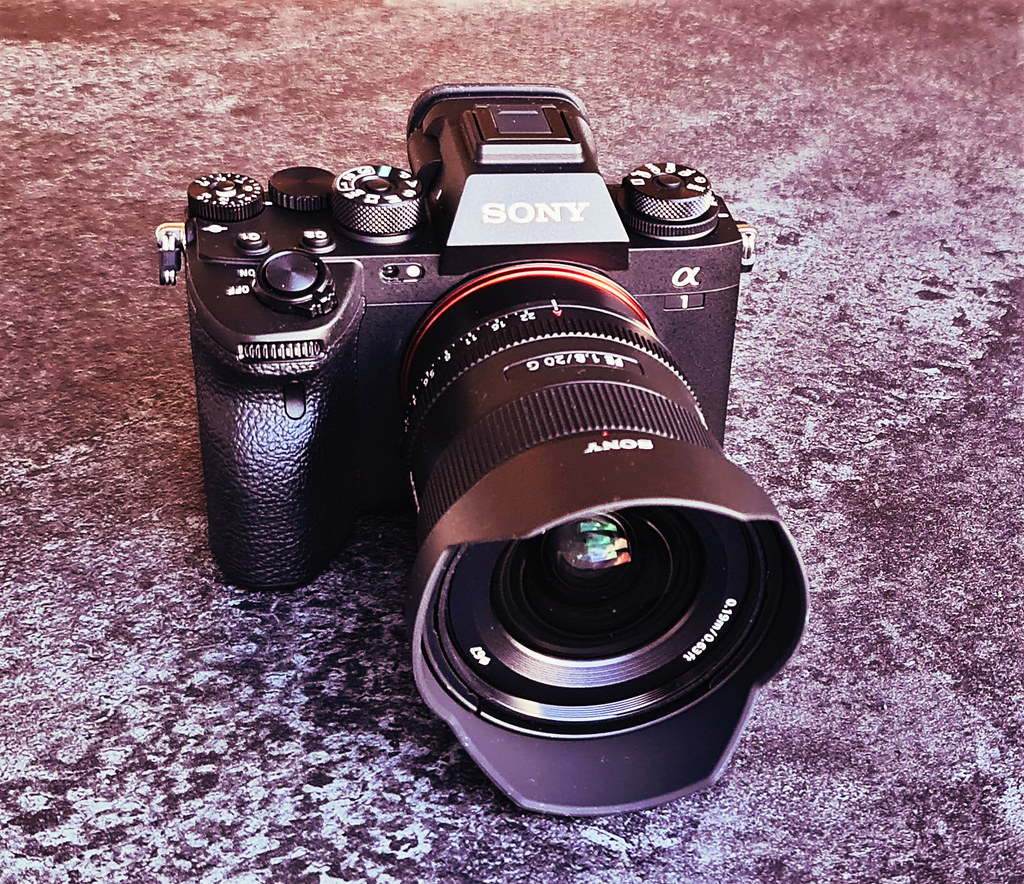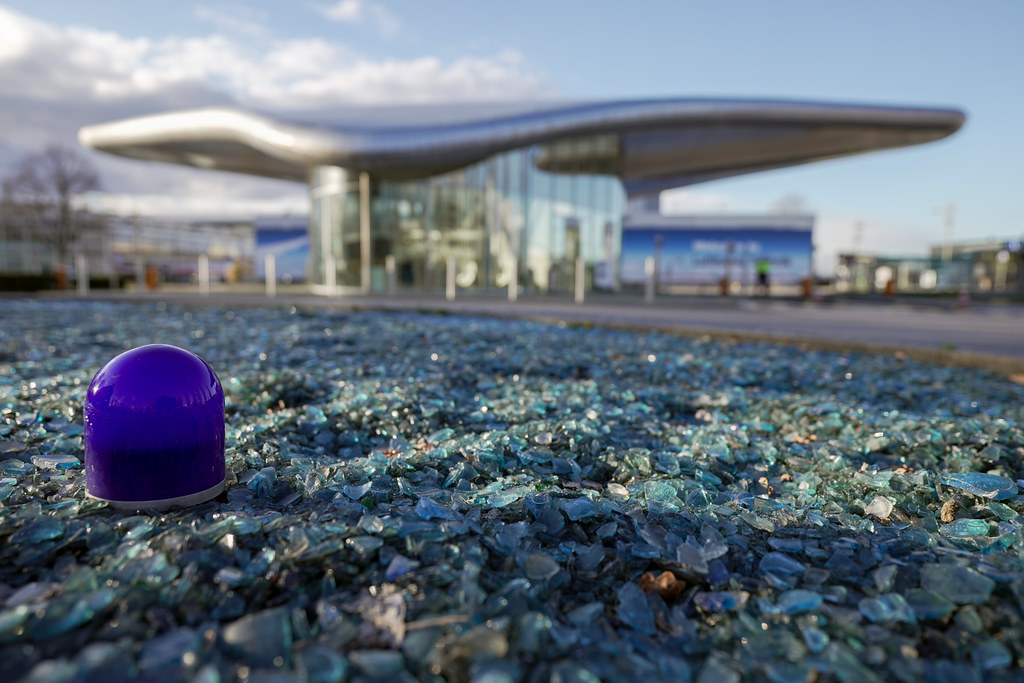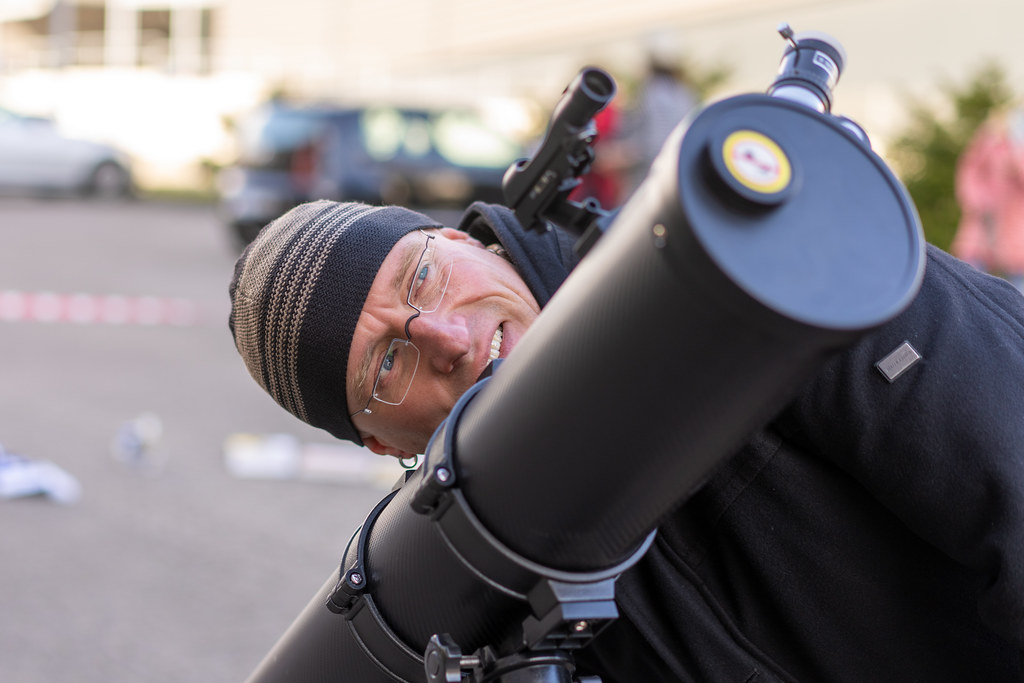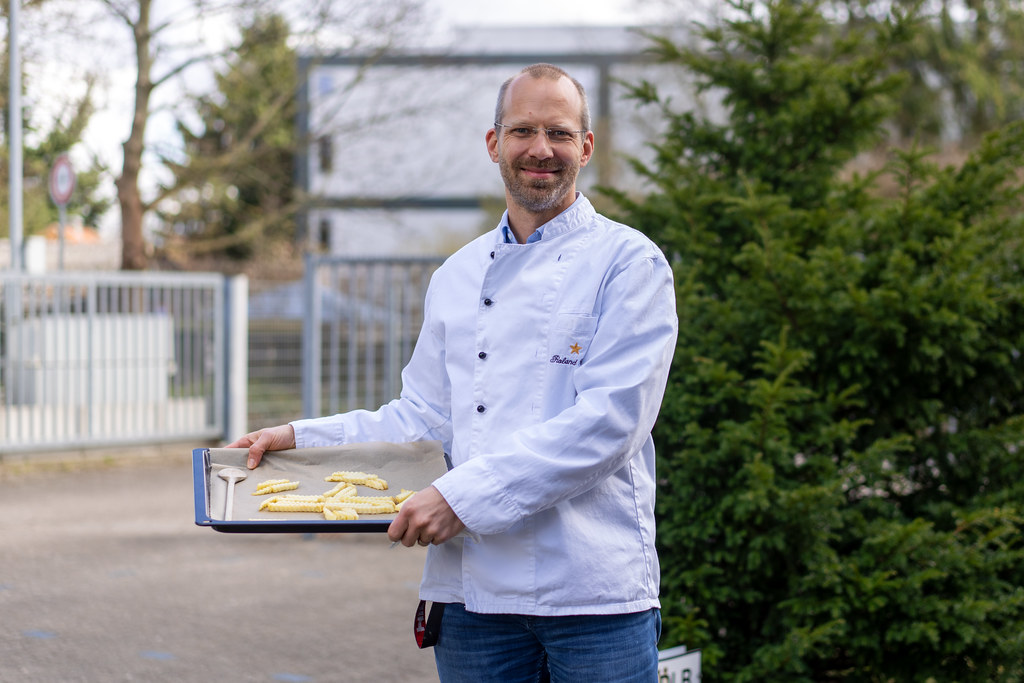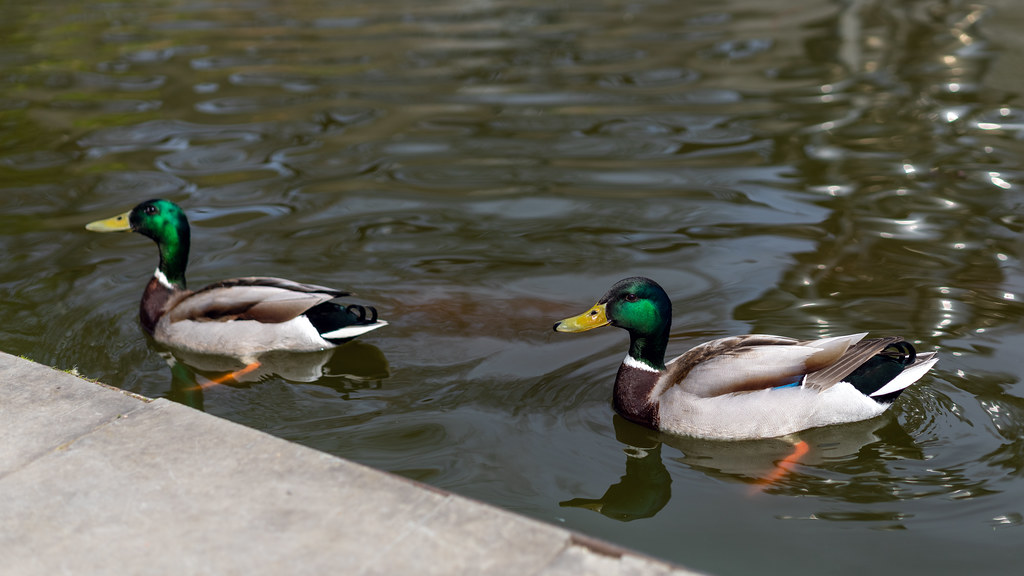When I saw the announcement of the camera in January 2021, I realized: This is THE ONE for me. For content creators in the imaging as well as in the video section, this is the first camera from Sony, putting everything together into one body. After two weeks using this beast, I decided to share some experiences that may go beyond the pervasive buzz about AF performance, shutter speed etc.
In this article I am focussing especially on the high resolution features for photography and videography as well as Eye-AF.
High Resolution Photography
When you shoot with good glass, the amout of detail and the reserves for cropping right from the new 50 megapixel sensor may be already more than enough for most situations, like you can see from this example taken with the Sony G 20mm f/1.8 at f/5.6:

(clicking on the image takes you to further resolutions)
Looking into a 1:1 crop (100%) gives you an impression on the level of detail:

But you can take this to even more extremes using the Pixel Shift Mode. The A1 offers a 4x and a 16x pixel shift mode (PSM). The 4x PSM still delivers 50 MP but makes sure, that already every pixel corresponds to a red, a green and a blue pixel from the sensor. As you may know, the color filter pattern of a "bayer sensor" has 1 red, 2 green and 1 blue pixel distributed to a 4x4 pattern, so usually the color information gets interpolated. When you use the 16x PSM, also the resolution gets doubled by shifting the sensor half a pixel in each direction. In order to bring the 16 raw files together to one image, currently you need the "Imaging Edge Desktop" tool from Sony.
If you take the same photo motif with the 16x PSM, you can get the double resolution in each dimension, as demonstrated with this 1:1 crop:

But this example also shows the disadvantages of the PSM mode: Everything that moves during the 16 shots will be fragmented into some kind of strange raster. If you want to peep into the whole 200 MP image (17280x11520 pixel, 133 MB JPEG), you can click this direct-link: https://live.staticflickr.com/65535/51123514186_d6b49ed6b2_o.jpg
High Resolution Video
Another amazing feature is the new 8K video mode that can be recorded in 10 Bit with 4:2:0 chroma subsampling. Here, the same question arises like some years ago, when the first 4K capable cameras entered the market: Who really needs 8K??? One of the simpler answers is, that you get more reserves for cropping. In an interview that has to be delivered in 1080p, it allows you to frame both speakers in one picture and switch to 4x zoomed head shots from the same recording. But that's not all...
Mathematically, you can downsample 8K (which is already downsampled from 8.6K inside the camera) 10 Bit 4:2:0 footage to 4K with 12 bits and 4:4:4 chroma subsampling. If you are OK with a maximum of 30 fps, this downsampled 4K gives you more details, covers a better dynamic range and preserves more color information than natively taken 4K footage (which you are limited to, when using the Sony A7SIII). The following frames taken out of video sequences show you the difference:
2:1 crop (200% view) taken out a native 4K video recording (All-I mode with full frame 4K at 60 fps, 10 Bit 4:2:2):

2:1 crop (200% view) taken out an 8K video recording (8K at 30 fps, 10 Bit 4:2:0) downscaled to 4K:
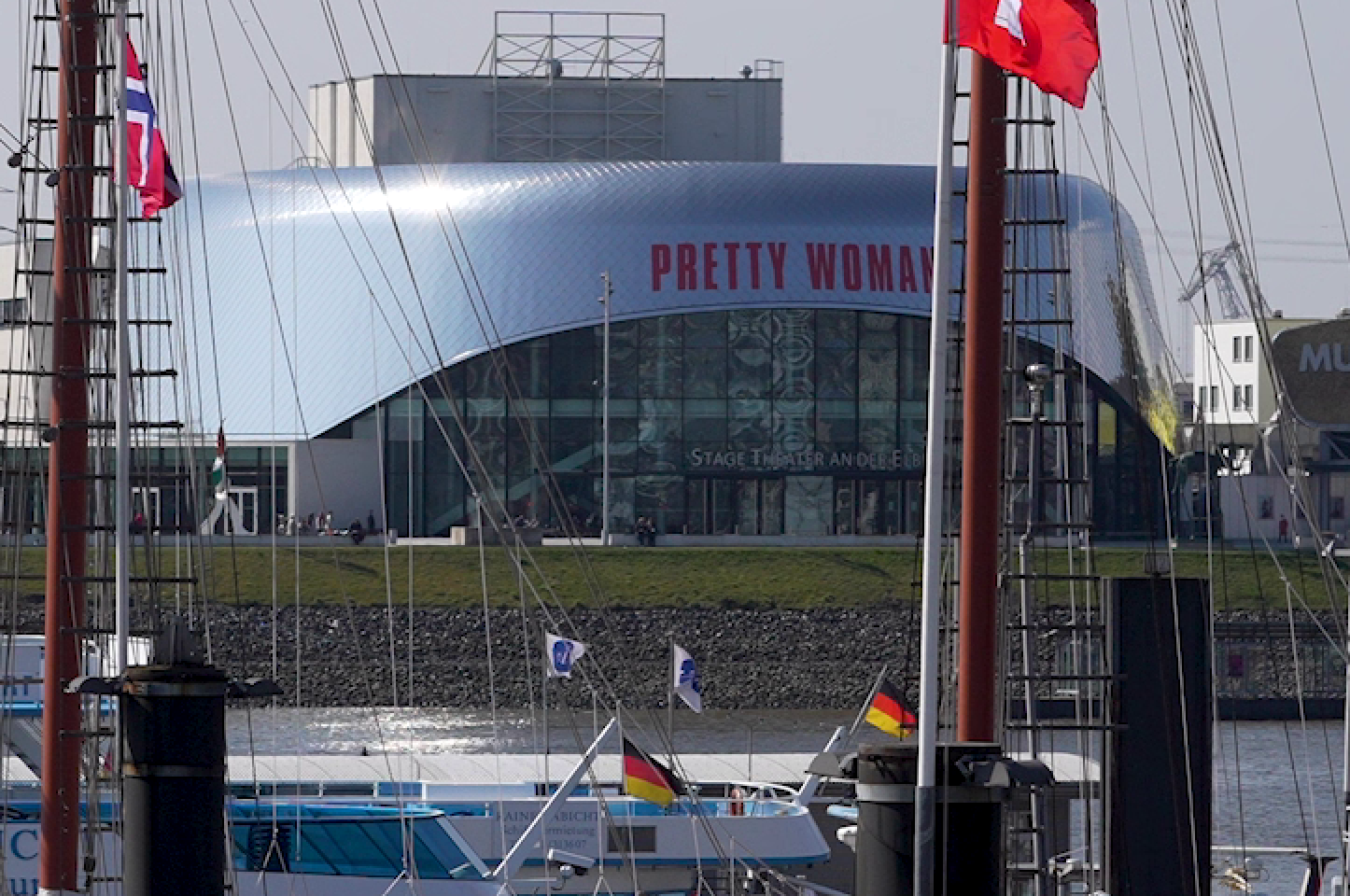
1:1 crop (100% view) taken out the same 8K video recording (8K at 30 fps, 10 Bit 4:2:0) without downscaling:

If you look at the letters over the theatre entrance showing "STAGE THEATER AN DER ELBE" or at the texture of the metallic roof, you can see the difference.
These are the corresponding videos:
As we know from many other reviews already, there is a great buzz around the 30 frames burst shooting. But this only works until the buffer is full and after that you depend on the writing speed of your SD or CF Express card. When you use the 8K video mode, you get an almost unlimited 30 fps burst mode with nearly the same resolution. As you have no 14 bit raw covering the full dynamic range in that case, you can preserve most of it by using one of the flattening picture profiles like Cine4, HLG3 which have lower base ISO and are not as difficult to grade afterwards than S-Log3.
This is an example shot with picture profile 10 (HLG2) without further processing:
In the graded version all highlights in the sky are preserved:
As I am still not sure, if Adobe Premiere Pro maxes out the possible yield from 10 to 12 bit and from 4:2:0 to 4:4:4 chroma subsampling during downscaling the video, I am working on a conversion software that makes sure, that the full potential is utilized. If you are interested to work together with me on that topic, please contact me by e-mail.
New HEIF image format
The A1 allows you to switch from JPEG to HEIF as image format saved beside the raw image. HEIF provides better (but still lossy) compression and stores the image with 10 bit 4:2:2. So you get a little bit more "meat" for turning the sliders in postprocessing - but do not expect too much. Most converters available out there simply convert the HIF files to 8 bit JPG where you alread loose again the additional 2 bits color depth. As Adobe Photoshop currently does not support HEIF images, my recommendation is to use the Sony Imaging Edge tool also for this conversion as it allows to transform them into 16 bit TIFF files, still preserving the 10 bits of the HEIF format for further editing.
Here are some examples shot using HEIF format (processed and saved as JPG afterwards, click images for further resolutions), lens was the Sony G 20mm f/1.8:
You may notice that when shooting against the light, the highlights still burn out quite easily (like with JPEG format). My recommendation would be to use flattening picture profiles also in this situation, if you do not have the option to save the raw files. This may become helpful, when you have only limited storage space (forgot your spare SD cards...?) but a large amount of photos to take...
Eye Autofocus
There are already a lot of reviews out there talking about the autofocus improvements compared to earlier models. In my case, I am coming from the Sony A7RII, which was a brilliant camera, when it appeared in 2015 and still is a good choice when you are looking on the second hand market. The A7RII was one of the first cameras implementing an Eye-AF but compared to it, the AF system of the Alpha 1 is really a HUGE step in terms of speed and hit rate, but i recognized still room for improvements.
Just some examples shot with the Sony/Zeiss 55mm f/1.8, where the Eye AF made a perfect job (click on image for full resolution):
...and not to forget the bird's Eye-AF (sorry, no BIF):
1:1 crop:
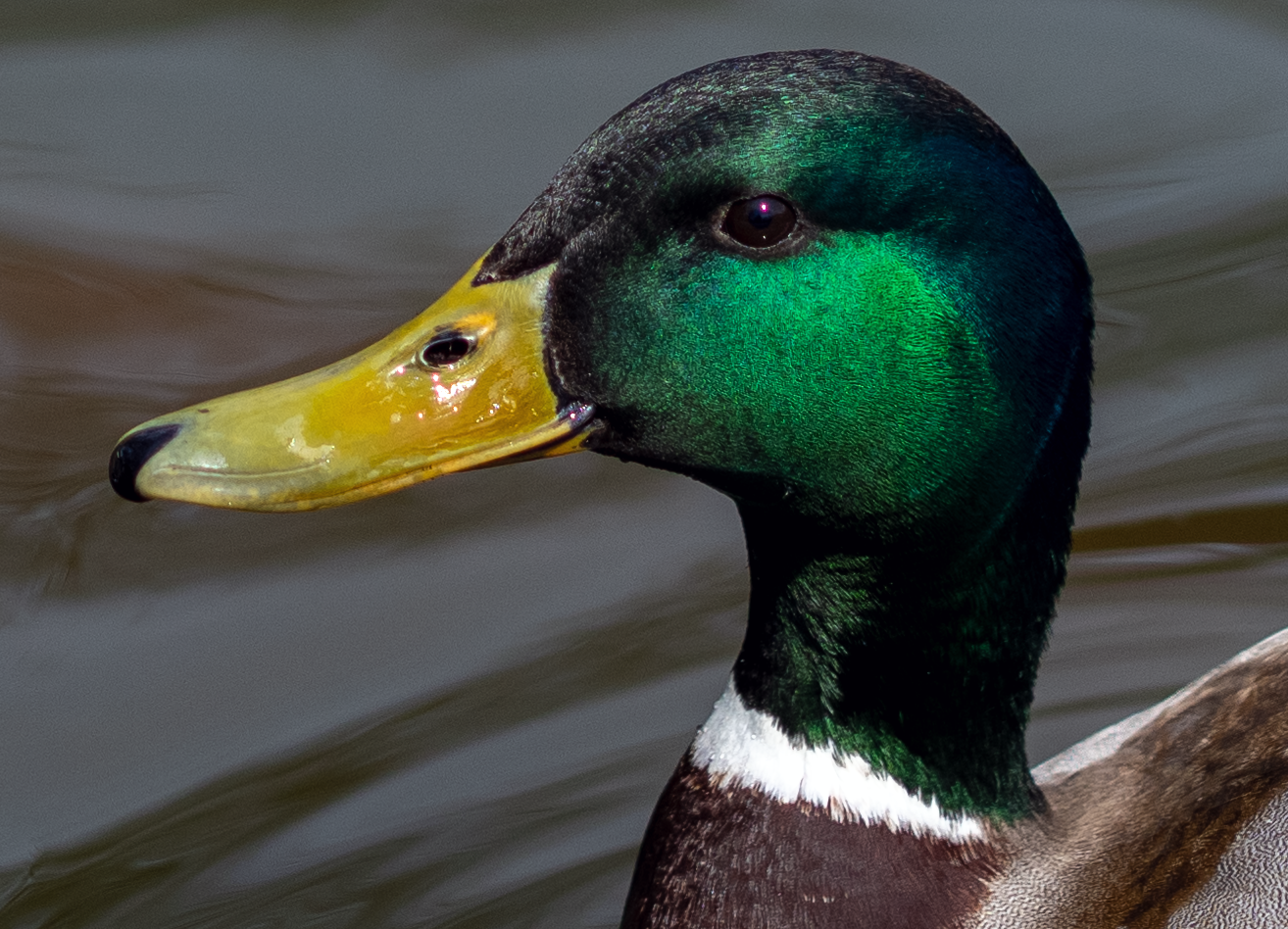
Conclusion (so far...)
The Sony A1 was not just a minor incremental step, like we saw before in the A7 / A7R / A7S / A9 series - it's the sum of all increments merged together in one body. For someone like me, who is creating content in the photo- as well as in the video-section, it allows to reduce the camera bag to just one body now instead of two. Although not earning money with that gear professionally, this was justification enough for me as an enthusiast to spend such a horrific amount of money.
The camera has so much potential - like opening the option to generate even better 4K - 12 bit - 4:4:4 video footage from 8K 10 bit 4:2:0 - that still has to be explored more deeply. 8K video also can replace shooting photo bursts in many stuations with almost no time limitation and less storage space consumption. Amazing also the pixel shift modes which are able to deliver stunning 200 MP stills - if you use glass that is capable of that resolution.
I also like the color science improvements, the new picture profiles and the AF performance although there was still some room for improvments in my shooting situations.
There is more to come, stay tuned...




